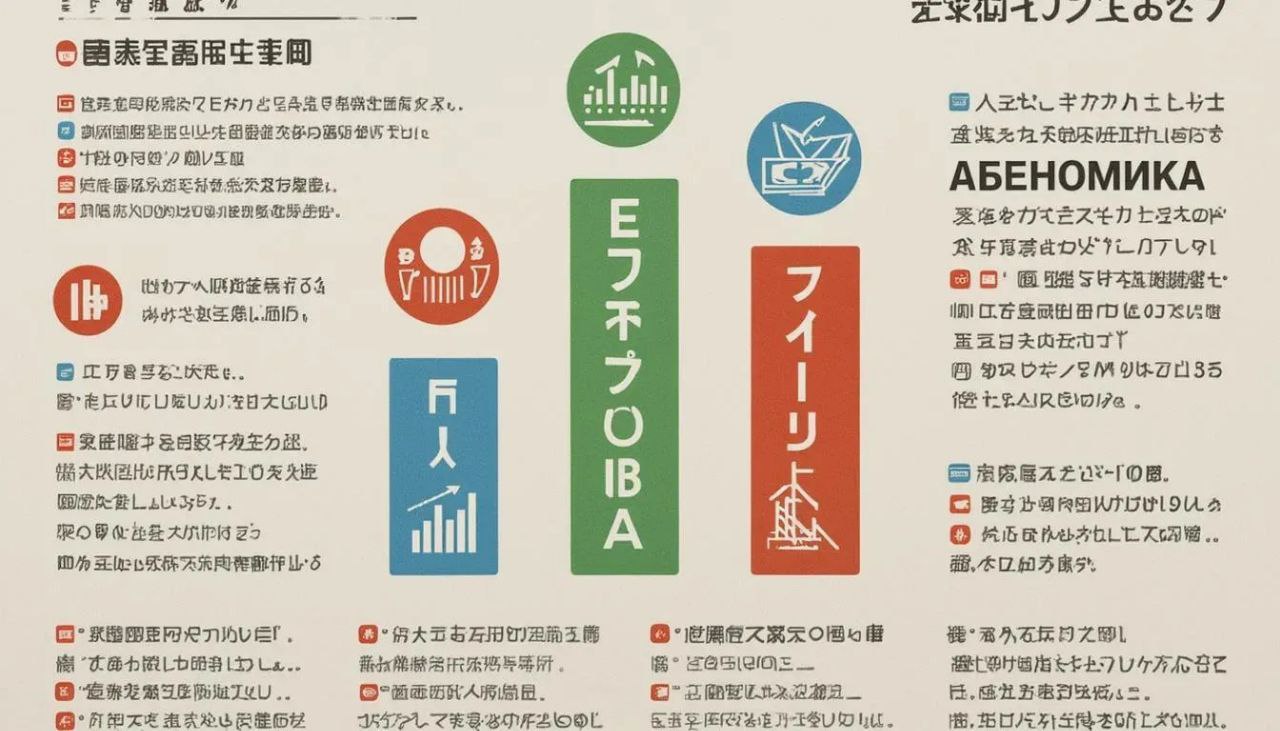Abenomics (Japanese: アベノミクス, a portmanteau of “Abe” (the Prime Minister’s surname) and “economics”) is the economic policy of Japan that was pursued from 2012 under the leadership of Prime Minister Shinzō Abe. This policy was a set of measures aimed at overcoming years of stagnation and deflation in the Japanese economy, known as the “Lost Decade” (which effectively stretched into two or three decades). Abenomics was based on the “Three Arrows”: aggressive monetary policy, flexible fiscal policy, and structural reforms designed to stimulate sustainable economic growth.
What is Abenomics?
Abenomics is an unorthodox macroeconomic strategy launched in 2012 after Shinzō Abe 1Shinzō Abe was a Japanese statesman and politician. He was the chairman of the Liberal Democratic Party and the longest-serving prime minister of Japan from 2006 to 2007 and from 2012 to 2020, respectively. He was assassinated on July 8, 2022, in an armed attack. returned to the post of Prime Minister of Japan. Its primary goal was to pull the country out of a state of chronic deflation and sluggish growth. Deflation, which had persisted in Japan since the late 1990s, created a vicious cycle: consumers and companies postponed spending and investment in anticipation of further price declines, which in turn suppressed demand, production, and wages, exacerbating economic stagnation.
Abenomics was designed to break this cycle by using powerful tools of state intervention to create inflationary expectations, weaken the yen to support exports, and enhance the competitiveness of Japanese companies in the global market.
Understanding Abenomics
The philosophy of Abenomics is rooted in Keynesian economic theory, which advocates active government intervention to stimulate aggregate demand during a recession or stagnation. However, unlike previous attempts, which were often limited to fiscal stimulus, Abenomics offered a comprehensive and coordinated approach.
A key idea was to shatter the so-called “deflationary mindset” — the entrenched belief among the population and businesses that prices would continue to fall. Abenomics sought to shock the economy into believing that moderate inflation (at a 2% level) was inevitable, which would encourage immediate spending and investment.
Abenomics in Japan
The context in which Abenomics emerged was critical. Japan was struggling with the consequences of the burst asset bubble of the early 1990s. An aging population, a shrinking domestic market, strict immigration policies, and high public debt (one of the highest in the world relative to GDP) created significant structural obstacles to growth.
Before Abe, governments tried to combat the crisis with isolated measures, but they lacked consistency and scale. Abenomics was the first bold and comprehensive attempt in a long time to attack the problem on several fronts simultaneously.
Abenomics and the Three Arrows
The Abenomics strategy was visualized as the “Three Arrows,” referring to a Japanese parable that states that while one arrow can be broken easily, three arrows together are unbreakable.
- The First Arrow: Aggressive Monetary Policy.
The Bank of Japan under Haruhiko Kuroda began a program of quantitative easing of an unprecedented scale. The goal was to double the monetary base and achieve an inflation target of 2%. This led to a sharp weakening of the yen, which gave a short-term boost to major exporters like Toyota and Sony. - The Second Arrow: Flexible Fiscal Policy.
The government implemented large-scale budget allocations for public works and infrastructure projects for immediate demand stimulation. However, unlike in the past, this policy was combined with plans to restore fiscal discipline in the medium term, including a consumption tax hike in 2014 and 2019, which later had a dampening effect on the economy. - The Third Arrow: Growth Strategy and Structural Reforms.
This was the most complex and slowest to implement part of the plan. It included:- Labor market reform.
- Corporate tax cuts.
- Corporate governance improvement.
- Stimulating innovation and attracting foreign labor.
- Promoting women’s participation in the workforce (“Womenomics”).
- Concluding international trade agreements such as the CPTPP.
Did Abenomics Work?
The assessment of Abenomics’ effectiveness is mixed and remains a subject of debate among economists.
Successes:
- GDP and Corporate Profit Growth: Japan’s nominal GDP grew, and corporate profits reached record levels.
- Weakened Yen: This significantly helped export-oriented industries.
- Reduced Unemployment: The unemployment rate fell to historically low levels (around 2.5%).
- Stock Market: The Nikkei 225 index more than doubled from the start of the policy.
- Women’s Labor Force Participation: A record number of women joined the workforce.
Failures and Challenges:
- The 2% Inflation Target Was Not Sustained: Despite all efforts, sustained 2% inflation was not achieved for most of the period.
- Real Wage Growth Lagged: Although employment was high, wage growth for most Japanese remained sluggish, limiting growth in consumer spending.
- Public Debt Continued to Grow: It remained the highest among developed countries.
- The Third Arrow Was the Weakest: Structural reforms progressed slowly and faced political and social resistance. Demographic challenges remained unresolved.
Conclusion
Abenomics was a bold and large-scale economic experiment that succeeded in jolting the Japanese economy out of deep stagnation. It brought tangible short-term benefits, especially for businesses and the stock market. However, it failed to fully achieve its main goal of reliably defeating deflation and ensuring sustainable, inclusive growth that would be felt by the entire population.
The legacy of Abenomics lies in demonstrating the limits of monetary and fiscal policy when they are not supported by deep and sometimes painful structural reforms. After Shinzō Abe stepped down as Prime Minister, his successors largely continued the course within the same strategic framework, facing the same fundamental challenges.
📝
- 1Shinzō Abe was a Japanese statesman and politician. He was the chairman of the Liberal Democratic Party and the longest-serving prime minister of Japan from 2006 to 2007 and from 2012 to 2020, respectively. He was assassinated on July 8, 2022, in an armed attack







